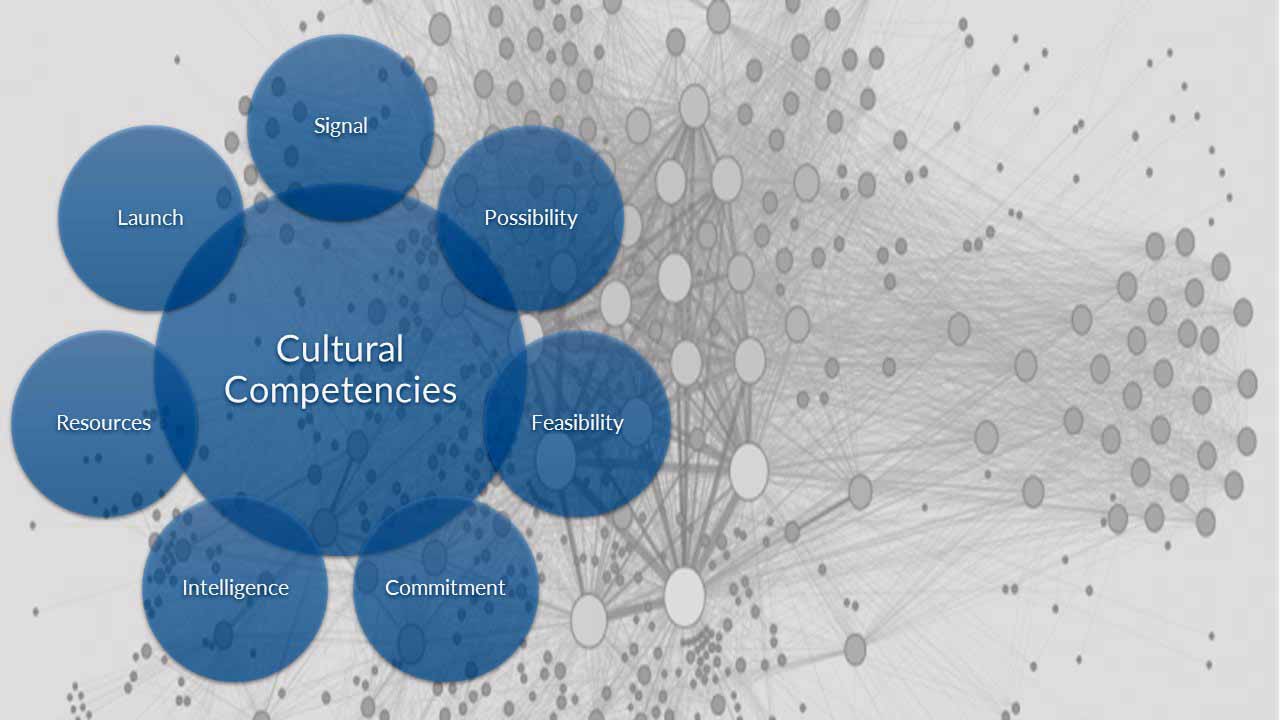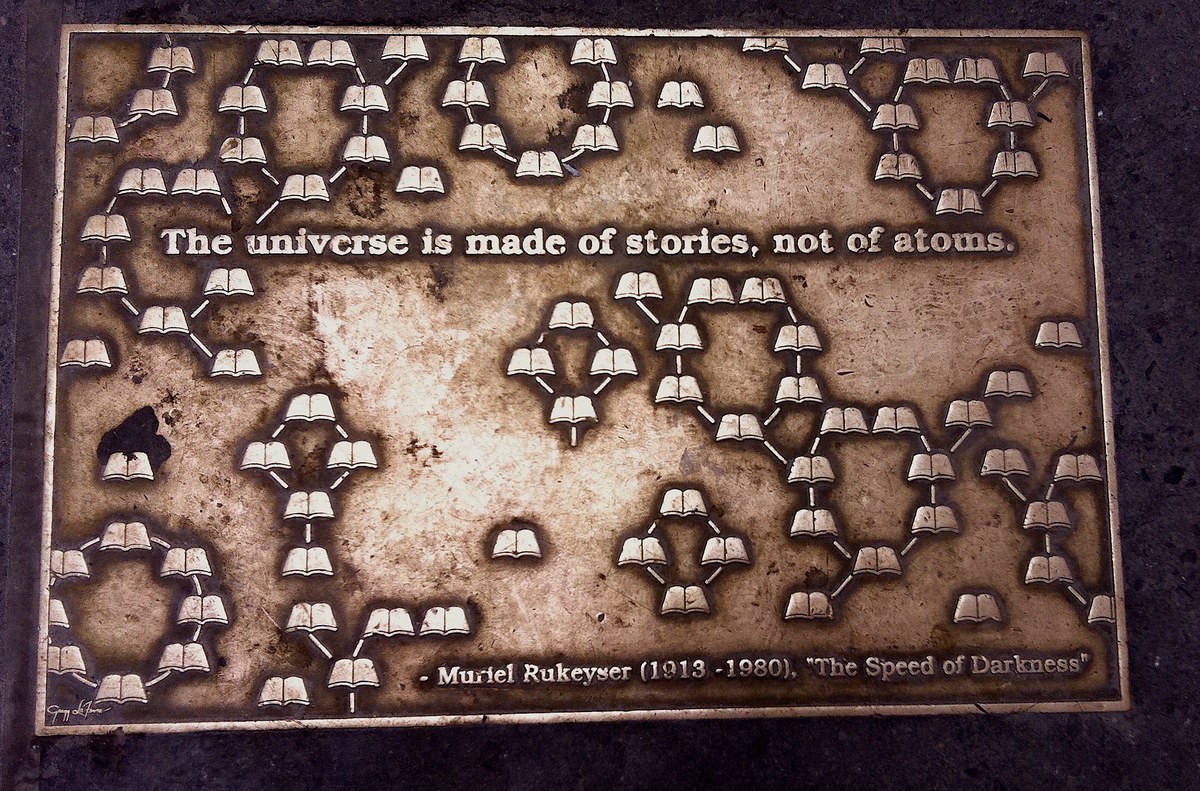Brought to you by the IFGT Business Department
Cracking Innovation Culture – Competencies for the future
by Philip Horvath
 Why are some companies struggling with innovation while other thrive in an environment of rapid change and complex uncertainty? In our research and experience we found that — beyond clear purpose — organizational innovation capacity largely depends on cultural competencies and individual capacities.
Why are some companies struggling with innovation while other thrive in an environment of rapid change and complex uncertainty? In our research and experience we found that — beyond clear purpose — organizational innovation capacity largely depends on cultural competencies and individual capacities.
I have written before about frameworks for innovation and how ultimately Innovation starts with “i”: with the individual and their readiness to embrace and solve complex uncertainty, and their tools and means to resolve conflict and forward ideas. Success in the future depends on an individual’s ability to connect to themselves and others, scan for opportunities and trends, focus on leverage points and act effectively and efficiently.
But even the best individual will fail if the environment is not conducive to innovation.
That environment, climate or culture is the context in which individuals operate. It is the archetypal patterns, values and beliefs, spoken and unspoken, that determine how we do things. Captured and transferred in story, language, and symbols, it affects the rituals we engage in, and determines the change we are capable of creating in the world.
In an era where capital is no longer only created by labor, materials and energy, but where value is increasingly created by the ability to combine them in ever new ways, creating the operating context and providing individuals with the capacities to innovate is becoming ever more crucial.
So, what are the cultural competencies organizations and teams must have to operate in this context?
Cultural Competencies
- Signal — Time and space to explore new trends. Having part of your work process be a drive to look for new developments, both technological and social that affect how your customers operate in the future.
- Possibility — Keeping an open mindset and coming from a place of “why not?” — even when ideas seem like moonshots. Actively encouraging imagination.
- Feasibility — Forwarding conversations about what might work. Knowing how to uplevel and idea rather than shutting it down. Using conflict as a tool to drive out ever better solutions.
- Commitment — Being clear on who takes responsibility. Clear requests and conditions of success. Solid structure for agreements and how to handle breakdown.
- Intelligence — A passion for efficiency and creating elegance in design and implementation of processes and systems.
- Resources — The ability to create momentum through attracting the right financial and personal support that allows forward motion.
- Launch — Focusing on shipping results. Finding the minimum viable product, getting it out to the market to test it, and knowing how to evolve through iteration.
These competencies follow the path of how ideas and new projects are deployed in an ecosystem: signals indicate new possibilities, which are then exercised to determine feasibility. Once determined as a path of action, commitment creates accountability for determining the intelligence behind the new idea, the processes and systems required to implement it, for attracting the appropriate resources to funnel into the system, and for launching the project.
In each of these domains, the cultural context determines how people operate and whether they are able to move an idea through all stages.
In most organizations culture has grown organically. The founders set the initial imprint, and depending on the strength of the dynamics they develop, and the amount of dilution that occurs as the organization grows, it evolves from there.
But how to craft culture consciously and implement the context for these competencies?
In order to affect and craft culture, we need to understand its underlying elements:
Elements of Culture
- Archetypes — The generic structures underlying our organizational purpose. What are the core dynamics and elements that determine why the organization is in existence? What general patterns are we enacting?
- Values and Beliefs — Abstracted aspirations inherent in the archetypes we are invoking. How do we view the world and what is important to us as an organization?
- Stories and Narratives — The expressed patterns, illustrations of success/failure, desired (and undesired) behaviors, and the memes that inspire evolution. What do we tell each other about our company and the world?

- Language — Meaning encapsulated in words. Efficacy and efficiency of how we communicate as a team and organization. How are we putting our experience and aspirations into words?
- Symbols — Intention captured in talismanic tools, from logos to office mascots, which continuously anchor purpose and behaviors on a subconscious level. What tokens and triggers keep reminding us of who we are?
- Rituals — The behavioral patterns we engage in regularly to center ourselves and each other, invite and resolve conflict creatively, and bring things to fruition. What are our regular activities and how are they structured?
All too often organizational activities are reactive and haphazard. Culture is more unconscious than conscious, and individuals and teams lack the tools to navigate breakdown.
Frameworks like cultural competencies support innovation leaders in knowing they are comprehensive in their approach, and congruent in their actions. They further allow anchoring in shared and agreed upon purpose, giving every member of the organization the guidance required to make decision that support the ultimate goals and move the organization toward the future.
The Future starts right now…
As an innovation leader in your company, you can start today by looking at your organizational culture and how many of the competencies listed above you are actually giving importance and attention to.
Then consider the underlying cultural elements and begin to craft elements to consciously achieve the desired operating context.
If you need support in doing so, please let us know…
The future is coming fast. That is why I serve as a culture catalyst and planetary strategist for visionary leaders. Through my work with LUMAN and Future Ready Now, I provide frameworks and operating metaphors to support leaders around the world in their individual evolution and in growing innovation capacity in their teams and organizations. I have worked with startups, NGOs and with global Fortune 500 organizations in a variety of industries. More at http://philiphorvath.com.
